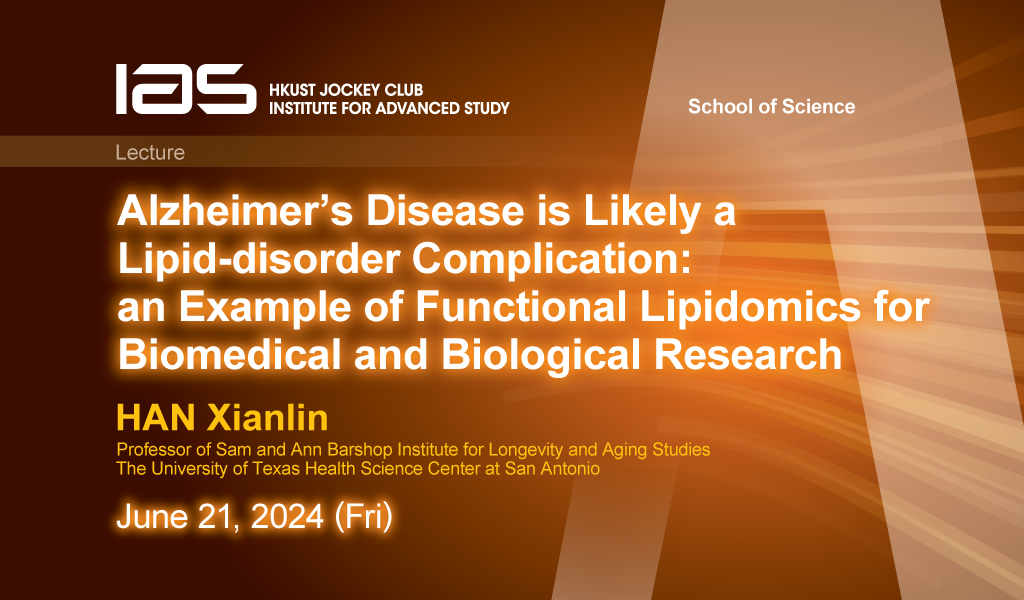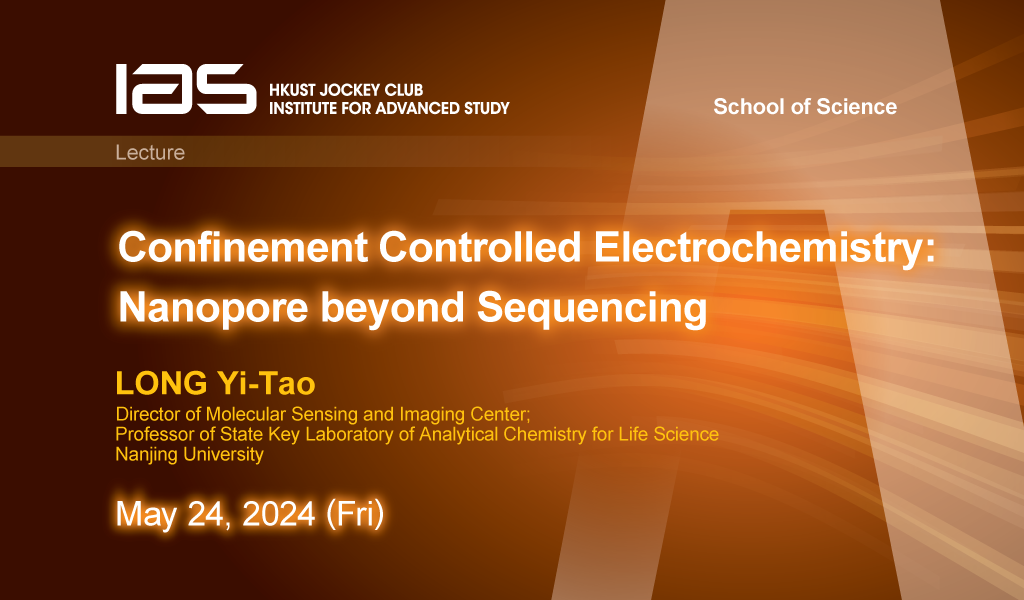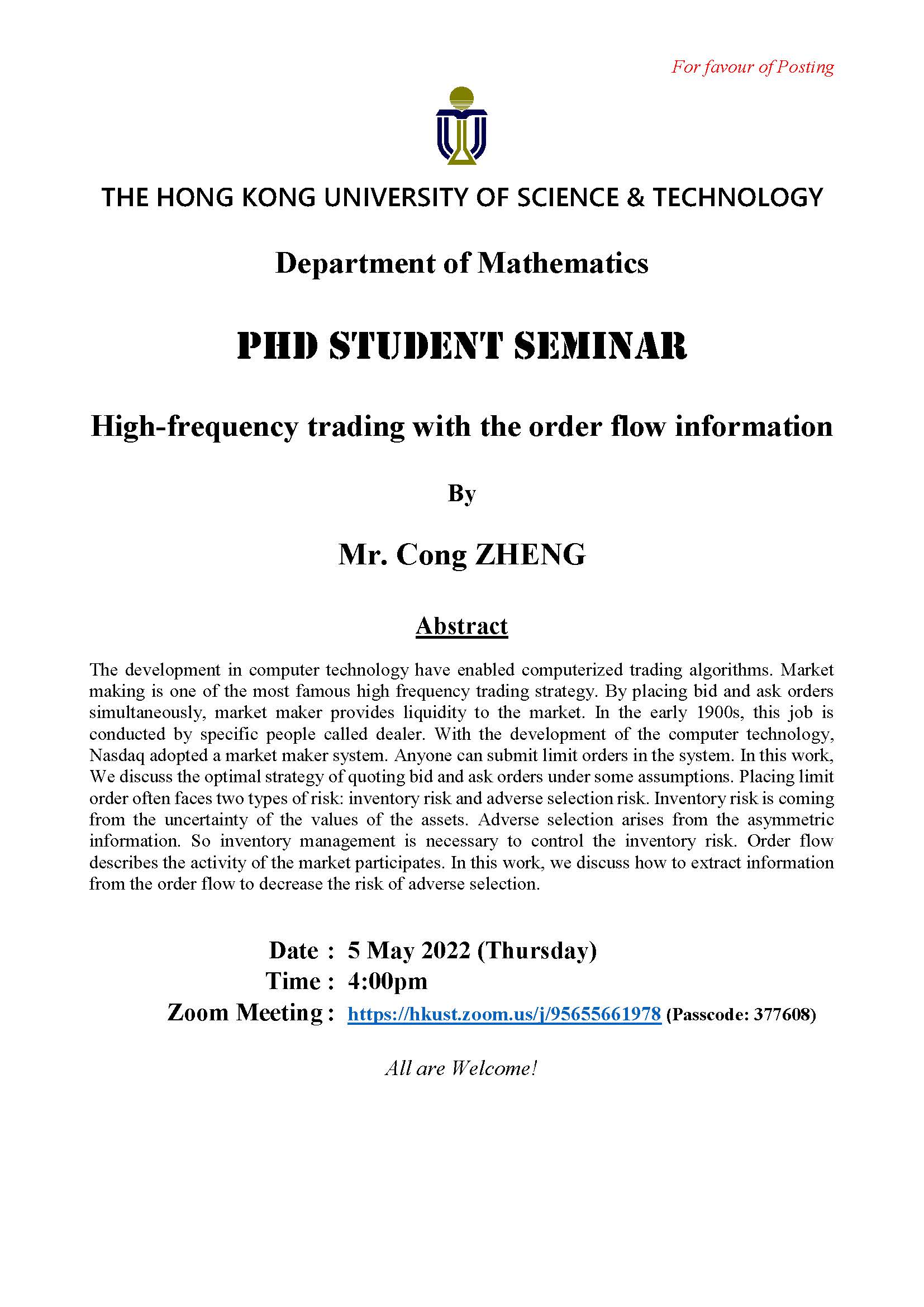The development in computer technology have enabled computerized trading algorithms. Market making is one of the most famous high frequency trading strategy. By placing bid and ask orders simultaneously, market maker provides liquidity to the market. In the early 1900s, this job is conducted by specific people called dealer. With the development of the computer technology, Nasdaq adopted a market maker system. Anyone can submit limit orders in the system. In this work, We discuss the optimal strategy of quoting bid and ask orders under some assumptions. Placing limit order often faces two types of risk: inventory risk and adverse selection risk. Inventory risk is coming from the uncertainty of the values of the assets. Adverse selection arises from the asymmetric information. So inventory management is necessary to control the inventory risk. Order flow describes the activity of the market participates. In this work, we discuss how to extract information from the order flow to decrease the risk of adverse selection.




